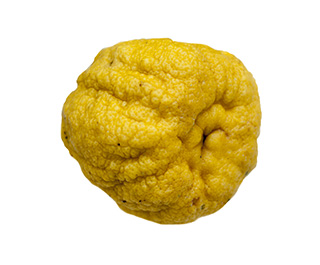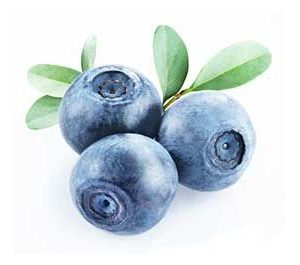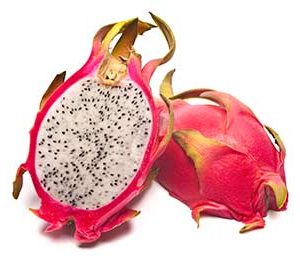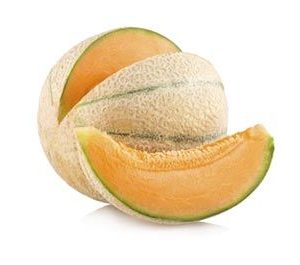Citron (Citrus medica) is a citrus fruit many people might recognize from the fruit preserves they add to their pastry or granola recipes. While not as popular as its other citrus relatives, citron certainly doesn’t fall short when it comes to the nutrients it contains.
What Is Citron?
Citron is one of the oldest citrus fruits, with documentation reaching as far back as 4th century BCE, with its spread to the Mediterranean closely associated with the campaigns of Alexander. Together with mandarin and pomelo, the citron is considered to be part of the three ancestral citrus species whose hybrids produced other well-known citrus fruits such as lemons, limes and oranges.
In Ancient Greece, the citron was considered inedible, with Theophrastus and Pliny describing the fruit as acrid. However, numerous recipes from the cookbook of Apicius included citron, together with other exotic food products like coriander and cumin. On the other hand, its medicinal uses were better documented, with Latin and Greek scholars reporting its role in poison antidotes and digestive aids.
There are numerous varieties of citron fruits, which mainly differ in appearance and color. Some of the most common variants of citron include:
- Etrog — Etrog is the most popular variety in Judaism, where it is used in the festival of Sukkot, or the Feast of Booths. It is used in a waving ritual, together with the “Lulav,” “Hadass” and “Aravah,” which are the date palm frond, myrtle bough and willow branch respectively. In Judaism, these represent the different parts of the body used to serve God, with the Etrog representing the heart.
- Fingered citron —Fingered citrons are one of the most distinct fruits because of their appearance. The fruit contains finger-like structures that look like hands when seen from afar. Better known as Buddha’s hand, fingered citrons are usually seen in Buddhist temples where they are used as sacrificial offerings.
- Corsican — The Corsican variety is one of the sweet and acid-less types of citron. It got its name from Corsica, the French region where it originates.
- Diamante — The diamante variety was first cultivated in the town of Diamante in Italy and remains to this day as the principal variety produced in the country. Its appearance is closest to the lemon, but may occasionally appear ribbed or lobed.
What Benefits Can You Get From Citron?
While the citron may look like a bumpy and unattractive lemon, the vitamins and nutrients it offers are striking. Like its close relatives, citron has a similar flavonoid profile. It contains high levels of hesperidin, eriotricin and other flavones and flavonoids, which lend it its distinct nutritional benefits. These compounds contribute to citron’s ability to help:
- Protect against oxidative stress — The high antioxidant and vitamin C content in citron may help protect you from free radicals that can cause a barrage of chronic diseases, including diabetes, neurodegenerative conditions and various cancers.
- Relieve pain and inflammation — Citrons contain high levels of limonoids, which are metabolites found only in citrus fruits. In a 2011 study from the European Journal of Pharmacology, researchers found that limonoids have an inhibitory effect on inflammatory pathways, specifically in the heart.
- Fight infections — A 2016 review from Molecules notes the antiviral and antimicrobial properties of limonoids, specifically limonin, nomilin and obacunone.
Citron Nutrition Facts
Like other citrus fruits, citrons contain a surplus of essential vitamins and minerals that you may benefit from. If you want to know which vitamins you are getting from this fruit, check out these nutrition facts:
Citron Nutrition FactsServing Size: 3.5 ounces, Etrog |
||
| Amt. Per Serving |
||
| Calories | 50 | |
| Calories from Fat | ||
| Total Fat | 0 g | |
| Saturated Fat | 0 g | |
| Trans Fat | 0 g | |
| Cholesterol | 0 mg | |
| Sodium | 0 mg | |
| Total Carbohydrates | 16.7 g | |
| Dietary Fiber | 16.7 g | |
| Protein | 0 g | |
| Calcium | 166.7 mg | |
Citrons may not be part of the popular gang of citrus fruits, but you can rest assured that this does not diminish the health components that these fruits contain. If you’re looking for a new way to boost your vitamin C intake, citrons are one of the clear choices. Not only will you get a surplus of vitamins and minerals, but you will also get the impressive health benefits they have to offer.
Frequently Asked Questions (FAQs) About Citron
Q: What is the color of a citron?
A: Unripe citrons are usually green and slowly become golden yellow as they mature.
Q: What does a citron taste like?
A: The Corsican variety is sweeter than the Diamante and the Etrog, which are both considered to be “acid citrons.” In India, two types of citrons are cultivated: the Mitha-Jara and the Bira-Jara. The Mitha-Jara has a sweet juice and peel, while the Bira-Jara only has a sweet peel.
Q: Is citron edible?
A: Citron piths can be eaten either fresh or candied.
Q: Are citrons lemons?
A: Some citron varieties may look like lemons, but citrons are a different fruit. This fruit is considered an ancestral citrus species, with oranges and limes originating from its hybrids.







Reviews
There are no reviews yet.